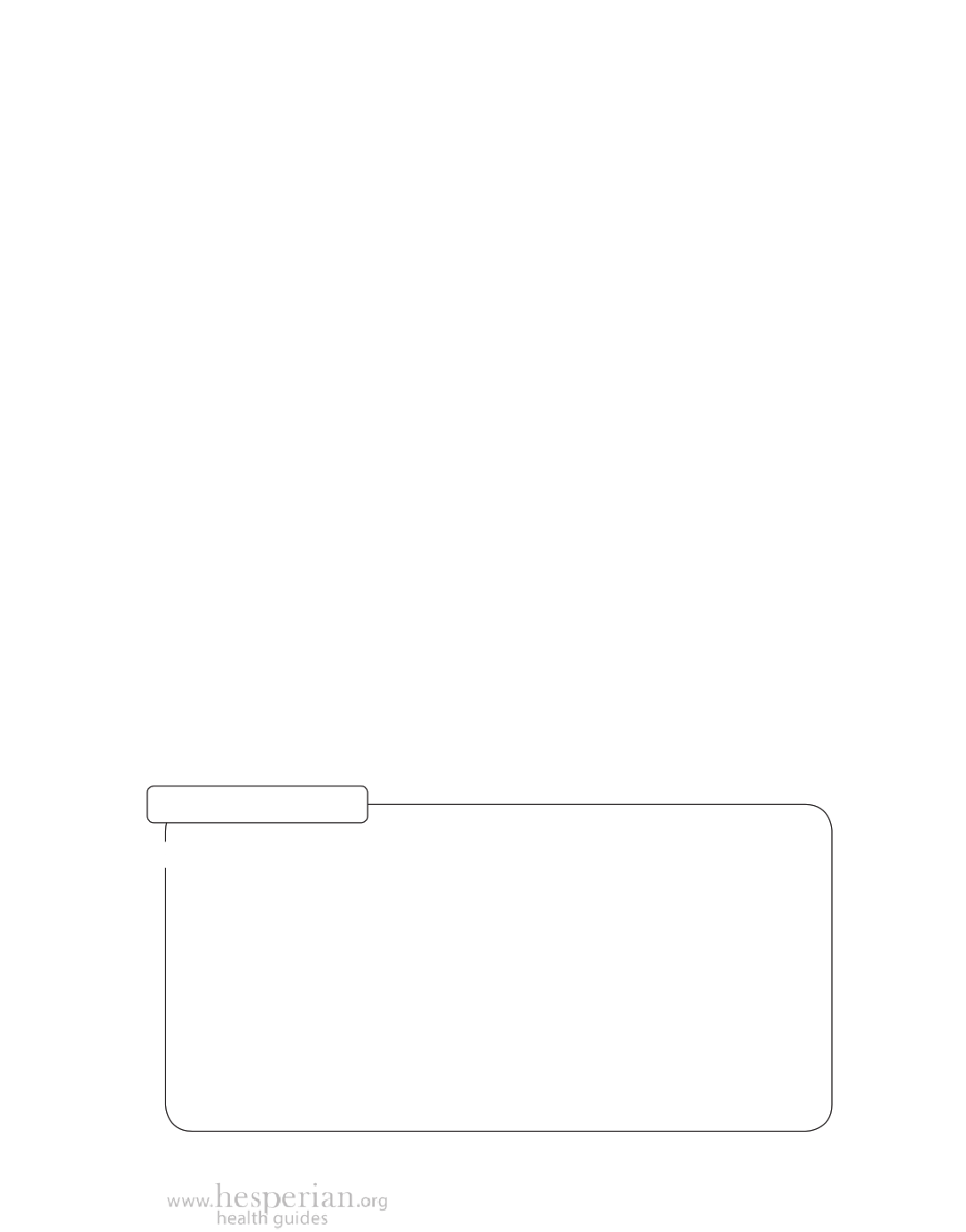
A Community Trash Walk 391
Community Clean-up and Resource Recovery
Protecting our communities from harmful waste and turning waste into a
resource improves community health, the environment, and also saves money.
For example, a group of waste collectors in Argentina found that if all the waste
paper in the city of Buenos Aires was collected and recycled, it would save
$10 million US dollars a year. If this money was used to pay all of the waste
collectors in the city, each person would earn over US $150 per month.
Every person and every community can take responsibility for reducing
and safely disposing of waste. But, while communities can do a lot on their
own, waste is a political problem that can only be solved when government,
industry, and communities work together, with improving people’s health
as the goal. Governments must act to reduce the burden of waste on people
and the environment by requiring industry to manufacture products with as
little waste as possible (see page 458). Government support of programs to
encourage people to reuse, recycle, and safely dispose of waste saves money,
creates jobs, and helps solve community problems (see pages 395, 401, 408,
and 416).
A Community Trash Walk
A community trash walk provides an opportunity for people to look at and
discuss trash problems. People can voice their concerns about trash and their
hopes for a cleaner and healthier community. During and after the walk, the
group can discuss what steps are necessary to clean up the community and to
plan for resource recovery.
Orgabncnizbexnacbtrash walk
➊ Invite people to participate in a trash walk
To make a trash walk most effective, involve not only people from the
neighborhood, but also people who work with waste and those who have the
power to change how waste is collected, transported, and managed. Include:
• workers in small industries.
• second-hand dealers and waste transporters.
• buyers who collect or purchase waste directly from households or businesses.
• waste collectors who recover materials from the streets or dumping sites.
• community leaders
• government officials who can support a community clean-up.
continues on next page...
A Community Guide to Environmental Health 2012